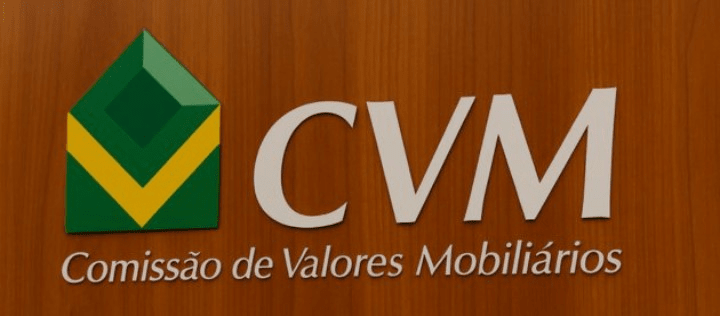
No liquidity, there is no market. The Securities and Exchange Commission (CVM) recognizes this reality, but has always approached the topic of trading tokenized assets with caution.
For some time now, the agency has been dedicated to the study of tokenization, maintaining its position as the 'sheriff' of the capital market. Initially, the agency limited itself to interpreting the existing regulations, without major adaptations to the new reality of tokens. Like other regulators around the world, the CVM adopted the principle that 'technology is neutral' from a regulatory perspective.
The first concrete advance came in April 2023, with Circular Office CVM/SSE 04/23. The document tightened the requirements for platforms operating under Resolution CVM 88 — which regulates public offerings via participatory investment, known as crowdfunding platforms.
Among the new obligations imposed are:
(i) audited financial statements;
(ii) mandatory minimum capital;
(iii) formal identification of partners and administrators;
(iv) greater transparency, with annual reports and standardized risk materials;
(v) technology audits with certifications such as ISO 27001; and
(vi) stricter controls over asset ownership.
The CVM's message was clear: before opening space for liquidity, it was necessary to strengthen institutional trust.
Between 2024 and 2025, the technical and supervisory areas of the agency intensified the analysis of concrete cases of tokenized offerings, classifying them — or not — as securities, even applying the well-known 'Howey Test'. During this period, the CVM began to act more firmly in the application of the rules, with investigations, administrative procedures, and responses to inquiries from associations, tokenizers, and trading platforms.
Last week, the agency published Public Hearing Notice SDM No. 5/2025, proposing a comprehensive revision of the previous regime — the result of accumulated experiences and market demands. According to interim president Otto Lobo, 'this is the first step towards restructuring the tokenization of securities in Brazil.'
The proposal encompasses long-standing requests, such as increasing fundraising limits and including securitizers and brokers in this ecosystem. It also brings advances in bookkeeping and custody rules, now designed for the digital environment — and not just an adaptation of the traditional model.
One of the most awaited points, however, is the advancement in the liquidity of the secondary market. The draft provides for the possibility of repurchasing securities by issuers — still far from a full secondary market, but a relevant step in that direction. Furthermore, it paves the way for regulated agents in the traditional market to distribute tokenized assets, promoting greater integration between the two universes.
These changes seek to balance two interests: on one side, those of the platforms and issuers who see tokenization as a way to increase liquidity and reduce costs; on the other, that of protecting retail investors, preserving safeguards such as allocation limits and cooling-off periods.
The backdrop of this movement is the chance for Brazil to become a regional reference in the regulation of tokenized assets. Tokenization is not just a technological trend — it is part of a global movement to modernize the capital market, which seeks to reduce frictions and expand access to investments.
If the CVM can balance liquidity and protection, it may offer legal security to issuers, confidence to investors, and consolidate the country as an example of pragmatic and efficient regulation.